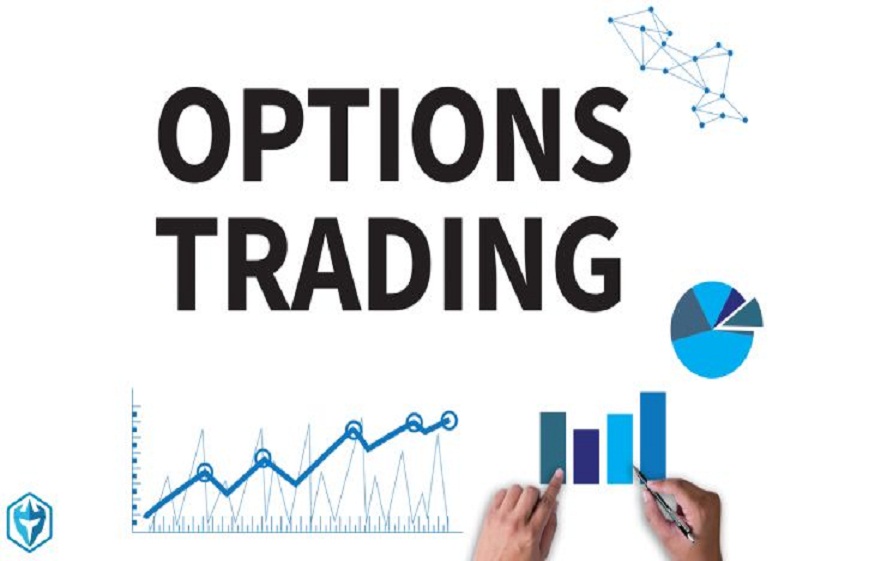Find out what options trading is, what markets are available, and what moves their prices. Choose from a range of maturities and position yourself in numerous markets by trading options with us.
What is options trading?
Options trading involves buying and selling options. Options are contracts that give their holder the right, but not the obligation, to buy or sell an underlying asset at a defined price if its value changes beyond that price in a given period.
Let’s say you estimate that the price of US Light Crude oil will rise from $50 to $60 per barrel over the next few weeks. You decide to buy a call option which gives you the right to buy the underlying value at $55 per barrel at any time during the following month. The sum invested when the option is purchased is called the premium.
If the price of US Light Crude oil exceeds $55, the strike price, before your option expires, you will be able to buy the underlying security at a discounted price. However, if the price does not exceed $55, you will not be obligated to exercise your right and can simply let your option expire. In this case, your loss will be limited to the premium paid when opening the position.
Purchase call option on oil
When you trade options with us , you are using CFDs to trade on the option premium which will fluctuate depending on the probability that your option will be profitable at expiration. Options trading can be an important part of a larger strategy.
Basics of options trading
Call options, or call options, give you the right, but not the obligation, to buy an underlying asset at a set price, called the strike price, on or before a predefined date. The higher the market price rises, the higher your profit will be.
Buying call options
You can also sell call options. As the seller of a call option, you will be obligated to sell the underlying at the strike price if the option is exercised by the buyer on the expiration date.
What are put options?
Buying a put option gives you the right, but not the obligation, to sell an underlying asset at the strike price on or before a predefined date. The more the market value decreases, the higher your gain will be.
Buy put options
You can also sell put options. As the seller of a put option, you will be obligated to purchase the underlying at the strike price if the buyer exercises the option on the expiration date.
Swiss investors can use CFDs to trade on options price movements instead of trading options directly. As CFDs are settled in cash on closing, you won’t have to worry about delivery of the underlying asset.
What is leverage in options trading?
Options are leveraged products, just like CFDs . They allow you to position yourself on the evolution of a market without having to hold the underlying asset. This means that your gains, like your losses, can be magnified if you sell options.
Options are a financial product of choice for investors looking for significant leverage. By choosing the strike price and the size of your position, you have more control over your leverage than that offered by spot arkets.
If you buy call and put options through CFDs with IG Bank, your risk is always limited to the cover paid when opening your position. However, it is important to point out that when you sell call or put options, your risk is potentially unlimited.
How to hedge with options?
Hedging your portfolio with options allows an investor to limit potential losses that could result from their existing positions.
Suppose you own shares of a company but are worried that their price will fall in the near future. You could buy a put option on this stock with a strike price close to the current market price. If, on the expiration date, the stock price is lower than the strike price, your losses will be offset by the gains from the option. If the stock price goes up, you will only have lost the cost of purchasing the option.

